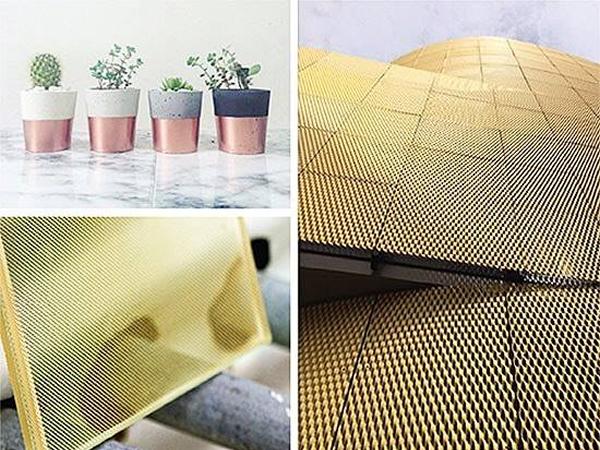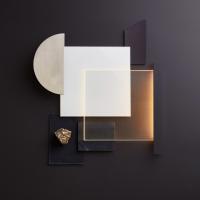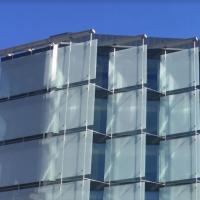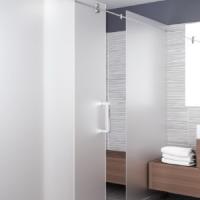
Date: 19 July 2017
The decorative glass market is constantly evolving as new technologies emerge and product demands change. With new trends each season, architects and designers are always seeking new and creative ways to incorporate decorative glass into their project design.
To keep up with the industry’s fast pace and market demand, it’s important for decorative glass manufacturers to focus on product development, innovation and technology to remain at the forefront of the industry.

At Goldray Glass, our goal is to use the latest decorative glass techniques to meet the needs of our customers. To stay ahead of the industry curve, we’ve got our eye on the following decorative glass trends that we know will be huge this year:
- Designing for Health
With the introduction of programs like the WELL Building Standard, a program designed to promote buildings that enhance the physical and emotional well-being of occupants, it’s no surprise that “designing for health” is a popular trend in 2017.
A recent study conducted by the AIA found that “nearly 75% of architects and 67% of building owners state that health considerations play a role in how their buildings are designed”. Some aspects that architects consider when designing for health include: improving daylighting, reducing solar heat gain, and creating acoustical comfort, all of which can be accomplished with decorative glass.
“Incorporating decorative glass in interior applications like partitions, stairs, and walls, works to bring outside light deeper into the building and eliminates the barriers that drywall can create” says Goldray’s President Cathie Saroka.
- Switchable Glass
Another recent trend in decorative glass is the use of switchable glass – a product that transforms from opaque privacy, to non-privacy at the flick of a switch. This hi-tech product has quickly gained popularity with architects and designers for it’s sleek aesthetic and ability to “wow” building occupants.
The popularity of switchable glass is also due to technological improvements that have increased quality and reduced product cost. Goldray’s switchable glass product, QuickFrost, uses the latest generation of switchable film which requires less electricity to activate the film and enhanced clarity in it’s non-private state.
Key area’s where demand for switchable glass has increased are corporate and healthcare settings. This is due to the product’s ability to improve daylighting and provide instant privacy, while maintaining the easy-to-clean, durability of glass.
- Metallics
In 2017, architect’s and designers are taking a shine to metallics, and various metallic hues can be found on furniture, lighting, décor items, wall cladding, and building facades. Goldray has responded to this trend by developing Alloy, a complete line of laminated metal mesh glass products available in aluminum, gold and copper.
With a variety of weaves available, metal mesh can be used as part of an effective daylighting strategy. Whether used on a building façade, or as wall cladding, Goldray’s laminated metal mesh is bringing the beauty of metallics into the decorative glass world.
- Bold Patterns
Blending in is so 2016. This year, ornate patterns and bold prints are everywhere. Familiar patterns like plaid, houndstooth, and gingham are on the rise, as are new favorites like tropical leaves and florals.
To match this trend, Goldray Glass is creating bold, high-resolution patterns and images on glass with our digital ceramic printing process.
Digital ceramic printing is a technology that applies ceramic ink directly onto the surface of glass, like the way that an inkjet printer prints onto paper. Whether you want to create a stunning accent wall, or a multi-panel graphic design, this solution can be used to achieve a wide range of design goals.
 600450
600450
























Add new comment